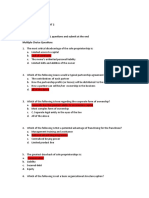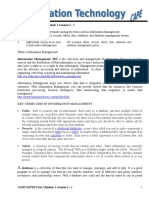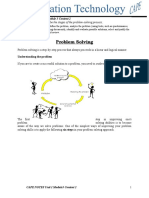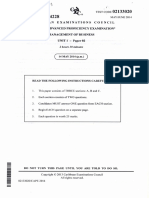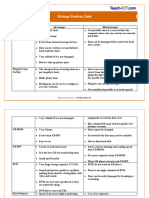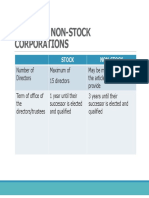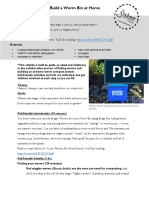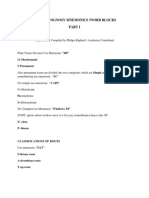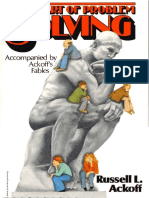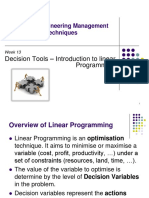0% found this document useful (0 votes)
165 views2 pagesTop-Down Problem Solving Vs Bottom-Up Problem Sol...
Top-down problem solving starts with a high-level view of the overall problem and breaks it down into smaller sub-problems, while bottom-up starts with the individual components and builds them up into a solution. Top-down involves central planning and communication from the top down, making it best for well-defined problems, while bottom-up encourages collaboration and emergent solutions making it best for complex problems. Examples include writing an essay top-down and diagnosing a car issue bottom-up.
Uploaded by
alessiottmarin2Copyright
© © All Rights Reserved
We take content rights seriously. If you suspect this is your content, claim it here.
Available Formats
Download as DOCX, PDF, TXT or read online on Scribd
0% found this document useful (0 votes)
165 views2 pagesTop-Down Problem Solving Vs Bottom-Up Problem Sol...
Top-down problem solving starts with a high-level view of the overall problem and breaks it down into smaller sub-problems, while bottom-up starts with the individual components and builds them up into a solution. Top-down involves central planning and communication from the top down, making it best for well-defined problems, while bottom-up encourages collaboration and emergent solutions making it best for complex problems. Examples include writing an essay top-down and diagnosing a car issue bottom-up.
Uploaded by
alessiottmarin2Copyright
© © All Rights Reserved
We take content rights seriously. If you suspect this is your content, claim it here.
Available Formats
Download as DOCX, PDF, TXT or read online on Scribd
/ 2









